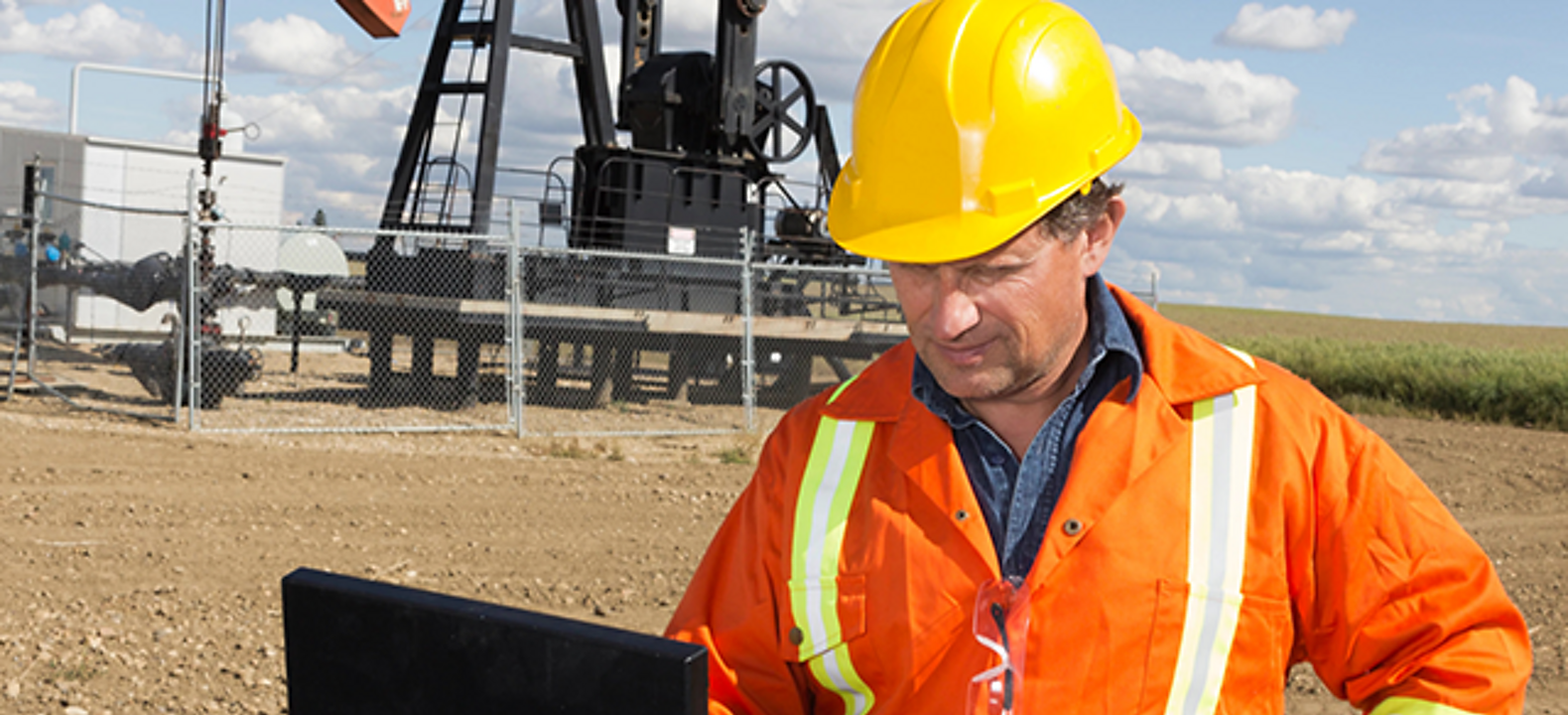OVERVIEW
Learn four ways 5G networks will positively influence the growth of DERs.
DERs would not evolve without robust, consistent connectivity.
Share this article:
Related content.
4 ways 5G can help transform utility field service management & operations.
5G’s high-speed, broad-bandwidth, and low-latency connectivity can transform field operations by many solutions.

Connectivity advancements in the oil and gas enterprise.
For oil and gas companies, increasing productivity and efficiency is essential as operations move from isolated silos to integrated systems with streamlined processes.

We have the future technologies that are transforming the energy sector.

The utility space is transitioning from traditional centralized grids with one-way power flows to modern distributed energy resource (DER) systems with bi-directional flows. Customers are becoming small electricity producers through emerging solar, wind, and battery storage technologies that can push power back onto the grid and reduce overall volume and peak demands when needed.
To achieve the potential of DERs, millions of devices must be connected in a network that satisfies strict requirements for performance and reliability. Utilities will need communications with higher speeds, greater bandwidth, and lower latency to transmit massive amounts of critical data in real time to support distributed energy.
HOW 5G NETWORKS WILL LEND A HELPING HAND TO DERS.
Here’s how 5G networks will help support the evolution smart grid technology like DERs.
Managing DER energy supply in real time for grid balancing
The global DER generation market is growing rapidly, with a compound annual growth rate (CAGR) of 10.6% anticipated through 2027.1 Utilities can use these new generation assets to meet growing electricity demand—and avoid building additional and expensive power plants or peaking plants that may also emit greenhouse gases.
Deloitte notes that some providers are even combining distributed energy systems into “suites” that include solar photovoltaics plus battery storage, along with energy management applications and smart inverters.2
At the same time, residential smart thermostats, appliances, and water heaters are replacing direct load controls as a primary source of demand response. Using these smart utility technologies to reduce or shift demand, customers help balance utility-generated variable energy resources (VER) like solar and wind power.
Taking advantage of DER requires a Smart Grid that integrates emerging digital technologies and provides the data utilities and customers need.3 A robust and reliable 5G network, such as
Pricing to influence electric vehicle charging times
Another opportunity for demand response comes from electric vehicle (EV) charging. Utilities can influence charging times by reducing rates when electricity is abundant and raising them when demand peaks. Through grid intelligence, utilities can also encourage customers to use inexpensive renewable energy for EV charging when it’s available.
Some EV batteries also provide the option to push energy back into the grid. This serves a dual purpose—rewarding owners with payments when possible and minimizing the need to construct more generation facilities. To support near-real-time communications and rapid changes in grid power, these advanced capabilities will require the high data transfer speed and low latency that 5G networks can provide.
Delivering information for better consumer energy decisions
Whether they’re making decisions on energy or EV charging, customers want more choice, convenience, and control.
But they need up-to-date rate information to help them make informed decisions and incentivize behavior that supports the utility’s priorities. For example, smart meters can let customers see how much electricity they use, when they use it, and what it costs while letting utilities monitor systems and bill customers without a meter reader.
5G connectivity can provide the instantaneous data consumers need. By combining this data with real-time pricing, customers can save money by scheduling their power use—and utilities benefit from reduced demand during peak periods.
Find out about smart solutions for your business.
Scaling up renewable resource integration and community participation
Governments worldwide are encouraging citizens to use and generate renewable energy. Many consumers and enterprises would like to share the excess energy they produce with the grid or each other. In some markets, system operators are already working to let DER providers aggregate resources for sale into wholesale markets.
Smart grid technology allows better integration of customer-owned power generation, including renewable energy systems. When electricity isn’t available from utilities, the grid can tap customer-generated power. Analytical tools also let utilities predict energy demand, detect outages, and respond immediately to problems to improve customer experience.
With real-time collection and analysis of massive data from many and varied devices, 5G will play an essential role in integrating renewable resources in seamless energy distribution and promoting community involvement.
CONNECTIVITY EMPOWERS DERS.
The evolution of DERs requires robust, consistent connectivity to deliver the performance, latency, and reliability utilities and consumers need. The network must be built to support emerging technologies and encompass the utility’s entire service area.
With America’s largest 5G network, covering 320 million people across 1.8 million square miles,
5G: Capable device required; coverage not available in some areas. Some uses may require a certain plan or feature; see
1“Worldwide Distributed Energy Generation Market Is Expected to Reach USD 532.3 Bn by 2027 -ResearchCMFE.” ResearchCMFE, ResearchCMFE, 30 Nov. 2021, https://www.globenewswire.com/news-release/2021/11/30/2343346/0/en/Worldwide-Distributed-Energy-Generation-Market-is-Expected-to-Reach-USD-532-3-Bn-by-2027-ResearchCMFE.html. Accessed 15 Sept. 2022.
2Deloitte Center for Energy Solutions, Managing Variable and Distributed Energy Resources: A New Era for the Grid. Accessed 15 Sept. 2022
3“The Smart Grid.” Smart Grid: The Smart Grid | SmartGrid.gov, SmartGrid.gov, 16 Dec. 2019, https://www.smartgrid.gov/the_smart_grid/smart_grid.html. Accessed 15 Sept. 2022.
Want even more trends, insights, and success stories?
Interested in